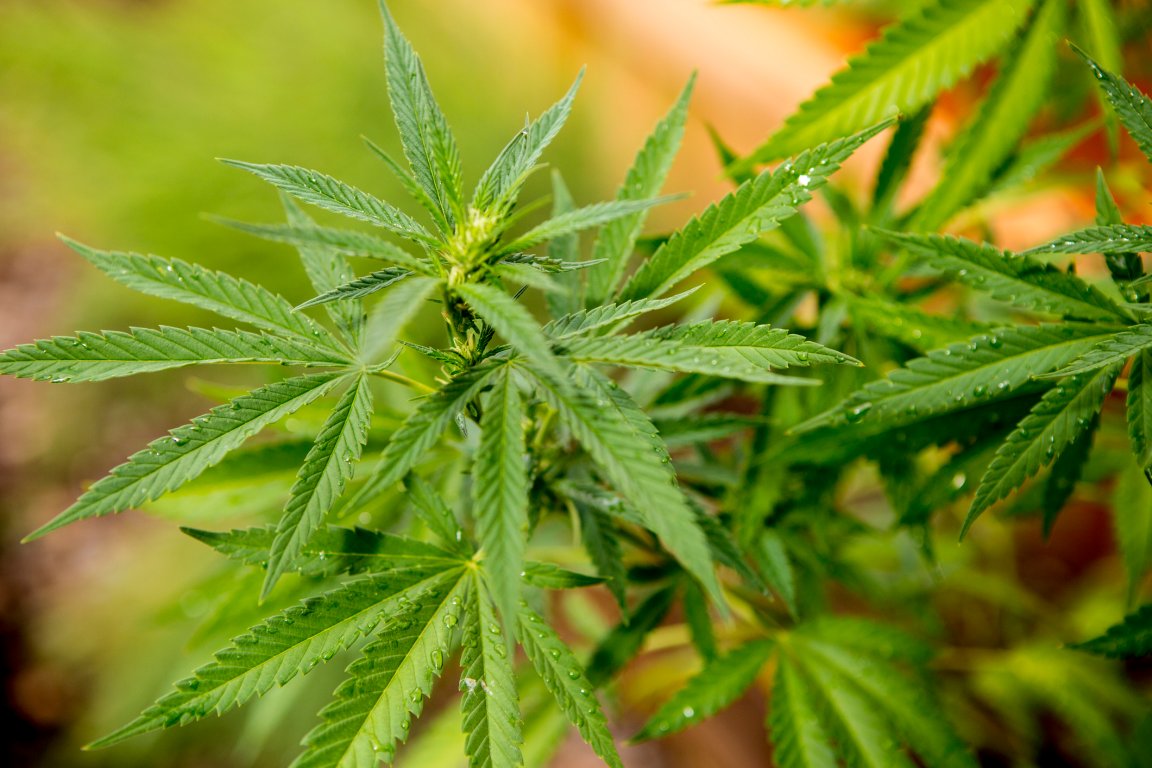
Cannabidol and Dravets
A study has found that cannabidiol (CBD) — a substance that’s found in cannabis but that does not produce the high for which the plant is known — can reduce the number of seizures for sufferers of Dravet Syndrome.
In a randomized, double-blind, placebo-controlled human trial — considered the pinnacle of medical drug testing — CBD was shown to decrease seizure symptoms by 23 percent more than the placebo group. This result was consistent across the sample, which included participants ranging in age from two to 18 years old.
Although 93 percent of children who received the drug had negative side effects — including diarrhea, fatigue, some liver issues, and vomiting — 75 percent of those who received the placebo did as well.
A Less Controversial Treatment
Despite the side effects, this is an extremely promising avenue for the children who are sufferers of Dravet Syndrome. No other epilepsy medication is known to combat Dravet Syndrome, and up to one-fifth of children who develop it die by the age of 20, so any breakthroughs in treatment are huge.
However, Dr. Orrin Devinsky, lead author of the study and director of NYU Langone’s Comprehensive Epilepsy Center, was sure to manage expectations regarding his research, telling CNN, “CBD is an effective drug for this type of rare epilepsy but was not a panacea (or cure-all) for these children.”

This research is significant beyond its potential to help treat epilepsy. CBD has been a big player in the medicinal marijuana debate as it can be independently extracted and does not produce a high.
Previous opposition to the use of marijuana in a medicinal context has centered around an abuse of the system due to the tetrahydrocannabinol (THC) in the drug getting users high. Any proof that CBD is effective on its own eliminates that concern and could help treatments overcome current legislative hurdles, speeding up the process of getting the medications to the patients who need them.